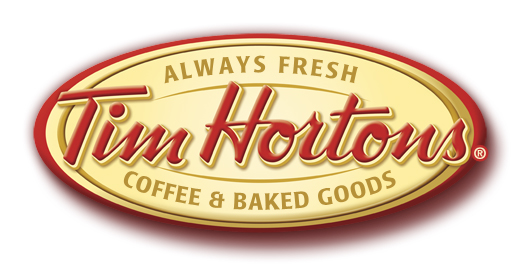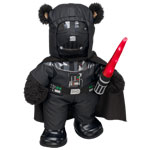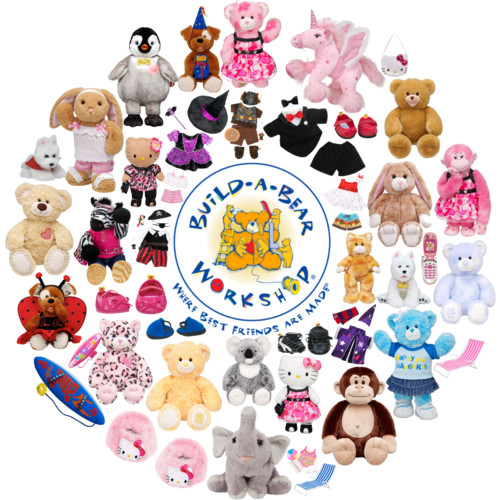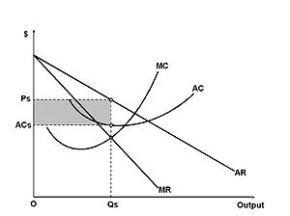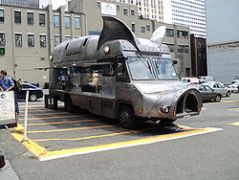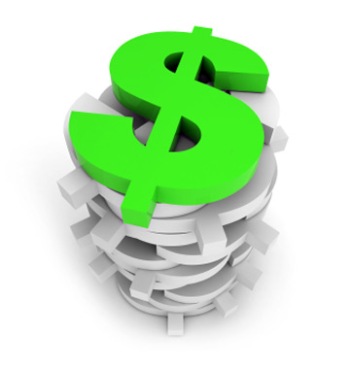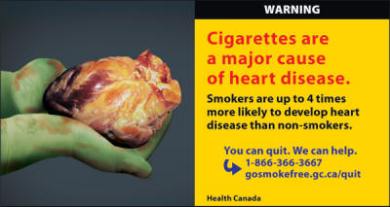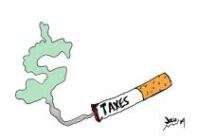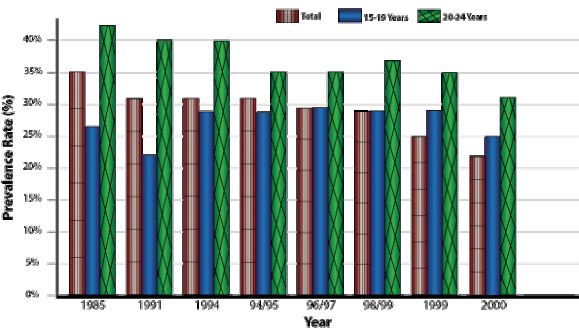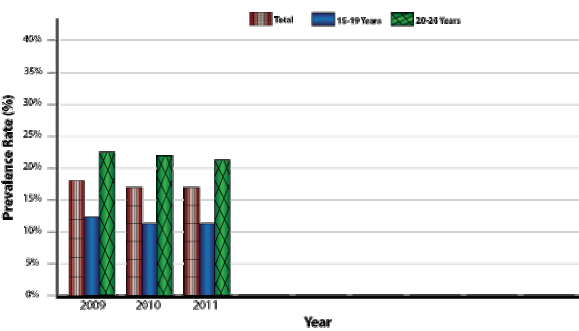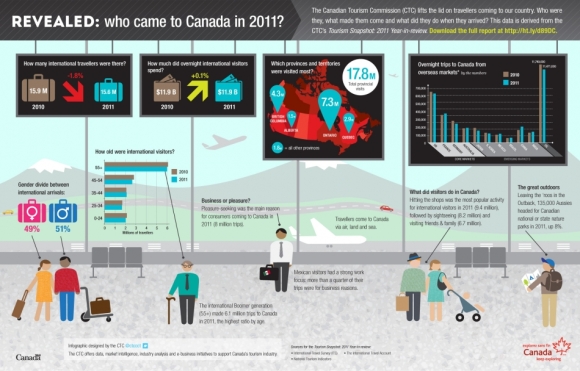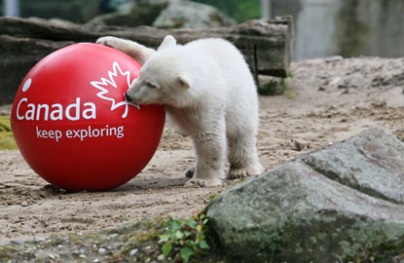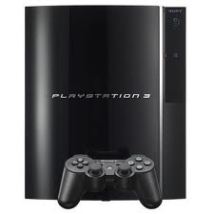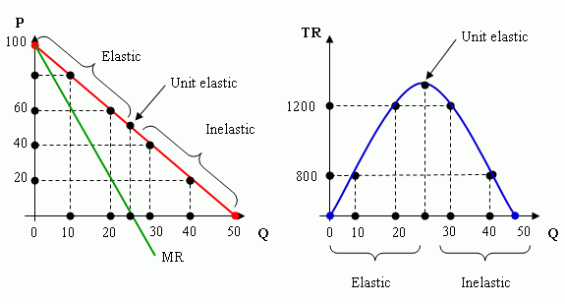Industry and Sector
Food (restaurant) Industry – service
Main Goals
Each Tim Hortons restaurant is expected to uphold the main goal of the company: Fast and Efficient service.
The guiding mission is to deliver superior quality products and services for customers and communities through leadership, innovation and partnerships.
How They Started
Tim Hortons has become a cultural tradition in Canada. Walk down the street, get on a bus or a train, look around the office, or take a look at your fellow students; you are guaranteed to see a Tim Hortons cup. Tim Hortons has become a number one seller; despite intense competition.
The first Tim Hortons was opened in 1964 in Hamilton, Ontario. After many summers of hustling to make an off-season living, hockey player Tim Horton decided to try his luck in the coffee and donut business. Since then, it has grown into Canada’s largest national chain in the coffee and baked goods segment. The first stores only offered two products – coffee and donuts (including two original creations, the Apple Fritter and the Dutchie).
How They Have Grown Over The Years
The biggest change in the chain’s product focus took place in 1976 with the introduction of the phenomenally successful Timbit (bite-sized donut hole), today available in over 35 different varieties. The chain’s growth into the 1980’s brought about a whole series of new product introductions: muffins, cakes, pies, croissants, cookies, and soups & chili. Sandwiches were introduced in 1993. Since then other menu items were added, from bagels and cappuccino to Danishes and smoothies.
The chain’s biggest selling feature remains its legendary Tim Hortons coffee. The coffee is also available in cans and the newest way to enjoy the coffee at home, Tassimo DISCs.
Tim Hortons has grown from one store in 1964 to over 3000 stores, including stores in the US and Canada. There are stand alone stores, and locations that can be found in shopping malls, highway outlets, universities and hospitals, providing prominent visibility for the chain. Most standard Tim Hortons locations offer 24-hour drive-thru service, catering to consumers on the go. Combo unit locations, which house both a Tim Hortons and Wendy’s, offer customers the convenience of both restaurants under one roof.
Who Runs The Business
Don Schroeder – President & CEO
The main product is coffee. The menu also includes donuts, muffins, bagels, sandwiches, cold drinks and much more.
Main Target Market
The market is a broad demographic. The primary focus would be adults and families.
Supply & Demand Of Products
When Tim Hortons buys supplies, they can get a reduced price by buying large quantities of supplies. They can save in many other ways due to efficiencies achieved from economies of scale. Tim Hortons also has the power to adjust prices as demand changes, as they have the majority of the market share in coffee sales. The company is also creating new products to fit the demand for “at home” coffee drinkers, with their new Tassimo Discs.
| Stages Of Production |
Due to the “Tim Hortons Coffee Partnership”, supplier strength is relatively low. Tim Hortons has established a solid partnership with its farmers in South America. Tim Hortons can also change suppliers at any time they prefer since there are several other suppliers they can cooperate with at the current market price for coffee beans.
Tim Hortons ensures to keep their donuts fresh in every single outlet, this is a source of their competitive advantage. They are however “frozen” fresh now, a change that was made to keep up with the demand of the product.
Pricing For Their Main Products
Due to an increase in operating costs, Tim Hortons restaurants recently changed the pricing on select baked goods and lunch items. Coffee prices remained the same with a medium coffee costing $1.64 including tax
Significant Fixed & Variable Costs
Fixed Costs include; rent, salaries, research and development, advertising, machinery, ovens, coffee machines
Variable Costs include; packaging materials (take-out containers, receipt paper, recyclable utensils) and ingredients (dairy products, coffee beans, baked goods) and labour
Company Profits & Profit Margins
In 2011 Tim Hortons generated over $2.9 billion in revenues and $569.5 million in operating income
Strongest Competitors
The two strongest competitors are McDonalds and Starbucks. Tim Hortons is the major supplier of coffee in Canada with above 70% of the coffee market.
Competitive Advantage
There is strong customer loyalty to this brand. Tim Hortons is an iconic brand that is recognized in Canada and has strong community support.
Tim Hortons has a large percentage of market share with 41% share of the Canadian quick service restaurant industry. Over 40% of Tim Horton’s customers visit four times a week or more and 8 out of 10 cups of coffee are purchased at a Tim Hortons location.
The company also supports programs such as TimBits Hockey and has raised 9.9 million dollars for Tim Horton Children’s Foundation Camp Day. They have great marketing success in the “Roll Up the Rim” campaign and campaigns to launch new products. Such products include their new specialty coffees and fruit smoothies.
Why Have They Succeeded
Tim Hortons is a very recognizable Canadian Company that has created brand loyalty. Perhaps no other brand in Canada enjoys the kind of emotional connection and brand loyalty that Tim Hortons does . They do a great deal of marketing that reinforces the fact that they have national pride. They build their brand with commercials and ad campaigns, such as roll up the rim.
Another key reason for their success is pretty simple….the coffee. For many Canadians, a Tim Hortons coffee is part of their daily routine. It is a known fact that caffeine is an addictive substance, and I am indeed addicted to having my Timmies. I know many people would argue that the coffee is nothing amazing. Some would even say that its weak and lacking. I’ve even heard people suggest that there is nicotine added to it, to make it more addicting. I think that going to Tim Hortons becomes part of a daily routine, it’s convenient, it’s recognizable and it’s quick.
Its success is also due to their ability to adapt to the demands of consumers and changing trends. Product innovation has been performed sufficiently through expansion of their menu items, in order to satisfy customer’s growing change of tastes.
Possible Weakness
Tim Hortons has a very automated system of preparation. This “factory line” set up is designed to cut costs and enable them to hire cheap labor that can make drinks with a press of a button. The downfall to this is limited training and poor customer service. This can result in poor quality of product, for example incorrect product, wrong orders or incorrect purchase totals.
The business is well known in Canada, but is not well established worldwide. There are numerous stores in the US but they do not have the same amount of market share as Canada.
There is also increasing consciousness about health and diet; causing a shift in buyer preference for healthy products. There is a lack of “healthy alternatives” on the menu.
Finally there is intense competition from industry rivals, as well as other non-traditional coffee providers such as Burger King, Subway and McDonalds. Not to mention, coffee drinkers can now utilize stylish and user-friendly homemade coffee machines.
—————————————————————–
Sources
http://annualreport.timhortons.com/#financial-results
http://o.canada.com/2012/08/03/tim-hortons-rolling-up-the-prices-on-muffins-sandwiches/
http://annualreport.timhortons.com/index.htm


